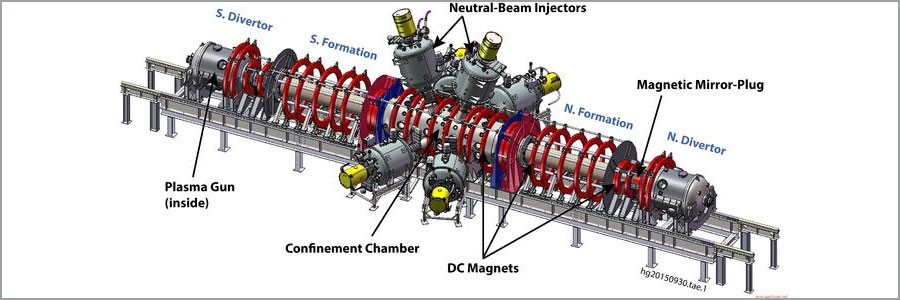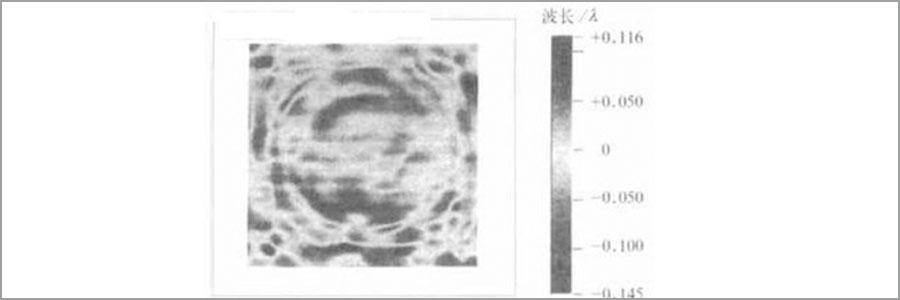Laser nuclear fusion optical parts machining technology - PTJ Manufacturing Shop
Laser nuclear fusion optical parts
| PTJ Manufacturing Shop is a professional manufacturer specializing in the precision machining of high-precision optical components. The company is located in Dongguan, China. After 10 years of development, the company now has more than 50 sets of precision cnc machining equipment, including CNC automatic machining machine, CNC machine, turning and milling machining center and CNC milling machine, PTJ Manufacturing Shop shares the technical knowledge of laser nuclear fusion optical parts processing based on its precise machining and reading and summarizing a large number of optical components. |
 At present, the laser nuclear fusion device being developed in China requires a large number of high-precision, large-caliber optical components, and requires the manufacture of these optical components on time, quality and quantity. It is necessary to break through the existing technological level and adopt efficient and advanced optical manufacturing technology. Drawing on the experience of the National Ignition Facility (NIF) in foreign countries, combined with the actual situation in China, the precision machining technology is applied to the precision manufacturing of laser nuclear fusion optics.
At present, the laser nuclear fusion device being developed in China requires a large number of high-precision, large-caliber optical components, and requires the manufacture of these optical components on time, quality and quantity. It is necessary to break through the existing technological level and adopt efficient and advanced optical manufacturing technology. Drawing on the experience of the National Ignition Facility (NIF) in foreign countries, combined with the actual situation in China, the precision machining technology is applied to the precision manufacturing of laser nuclear fusion optics.
Precision machining of large diameter planar optics
Most of the optical components in laser fusion devices are rectangular, square, and other polygonal shapes. These components have significant edge effects (especially in terms of angle) compared to circular components. At the current state of the art, it is still difficult to achieve the required transmission wavefront (PV value PeaktoValley, and peak-to-valley λ/6) and reflected wavefront (PV value, λ/4). Adopt advanced manufacturing technology. A large number of experiments have proved that the method of on-line correction grinding (Wlectrolytic In-ProcessDressing, ELID) is obviously more efficient than the traditional grinding process, which is likely to replace the traditional roughing-milling before polishing. The only drawback with coarse polishing is that the accuracy is slightly lower (compared to precision polishing).
Using a small tool to numerically polish a 340mm*340mm*60mm plane mirror, the initial reflected wavefront error is 3.5λ (PV value, λ=0.6328um). After only 30H polishing, the reflected wavefront error PV will be 0.26λ. The root mean square value is 0.035λ. As shown in the drawing (the "+, -" values listed in the ruler should be represented by different colors, black and white is just a schematic). From the figure, we can easily see the so-called "crushing" error. In high-power laser systems, such high-frequency errors must be strictly controlled, so this process cannot be used as the final processing of optical components of strong laser systems. During the experiment, we found that the accuracy of large-diameter optical components processed by continuous polishing technology can meet the requirements of engineering, but the problem is that the processing cycle is long and the dependence on people is too strong.
During the experiment, we found that the accuracy of large-diameter optical components processed by continuous polishing technology can meet the requirements of engineering, but the problem is that the processing cycle is long and the dependence on people is too strong.
All of the above technologies have their own advantages and disadvantages, and cannot meet the needs of the project alone. Only a reasonable combination of these technologies can give full play to their respective advantages in order to meet the specific requirements of the project. The specific idea is to first use ELID grinding technology to precisely grind the optical component blank to within 1λ, then use the CNC machining equipment to correct the local error, process the optical component to the surface precision required by the project, and finally use the large-scale The ring polishing machine precisely polishes the optical components to the actual requirements. This process mainly solves the problems of surface roughness and waviness.
After detailed PTJ Manufacturing, do you have a deeper understanding of the technology of laser nuclear fusion optical parts processing? PTJ Manufacturing focuses on precision machining of optical components. We have modern CNC machining equipment and supporting quality testing equipment. And technicians to provide you with complete product solutions. Welcome to call us.
|
PTJ Machining Capabilities |
|
Automatic Bar Machining – Multi-spindle cam automatic screw machines CNC Turning – CNC delivers peak cost efficiency in shorter volumes, as well as high capacity production of mechanically simple components Custom Machining - with up to 12 axes of control Multi Spindle Machining- ISO 9001:2015 certified Screw Machine Products – The number of customized production parts per hour can reach 10000pcs Swiss Machining – with up to 9 axes of CNC control, to produce precision components with complex geometries in one operation High Volume Machining – 100 Advanced Production Turning Bar Automatics On-line and Ready CNC Milling - Machining Fully compliant with the exacting requirements of our customers 5 axis (11 axis) Machining – Tolerance | 0.1mm alignment |
What Can we help you do next?
∇ Get more information about Cnc Machining Shop
→Case study-Find out what we have done.
→Ralated tips about cnc machining services
By PTJ Manufacturing Shop|Categories: Blog|Tags: cnc milling services, cnc turning services, milling parts, turning parts, machining parts, special parts,faqs,technical news,company news,material news |Comments Off
